Conservation Tips
Wise Water Use Gives You the Power to Reduce Your Bill
Wise Water Use Gives You the Power to Reduce Your Bill
 Turning off the faucet when you’re shaving or brushing your teeth can save 200+ gallons of water each month! | 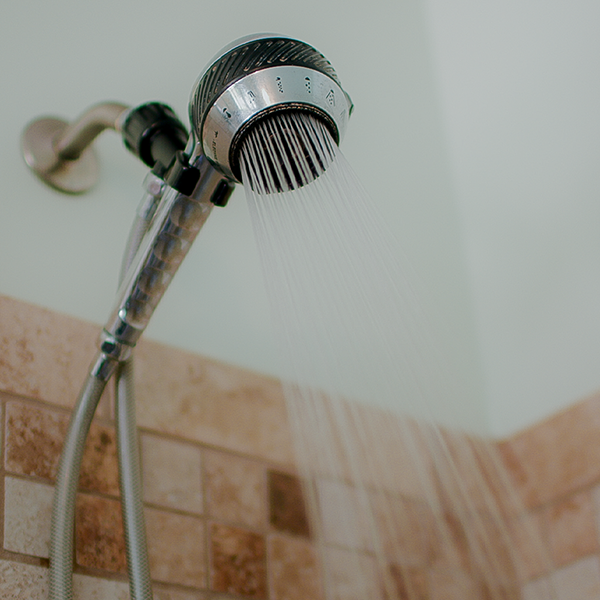 The average family could save 2,700 gallons of water per year by installing WaterSense labeled showerheads. | 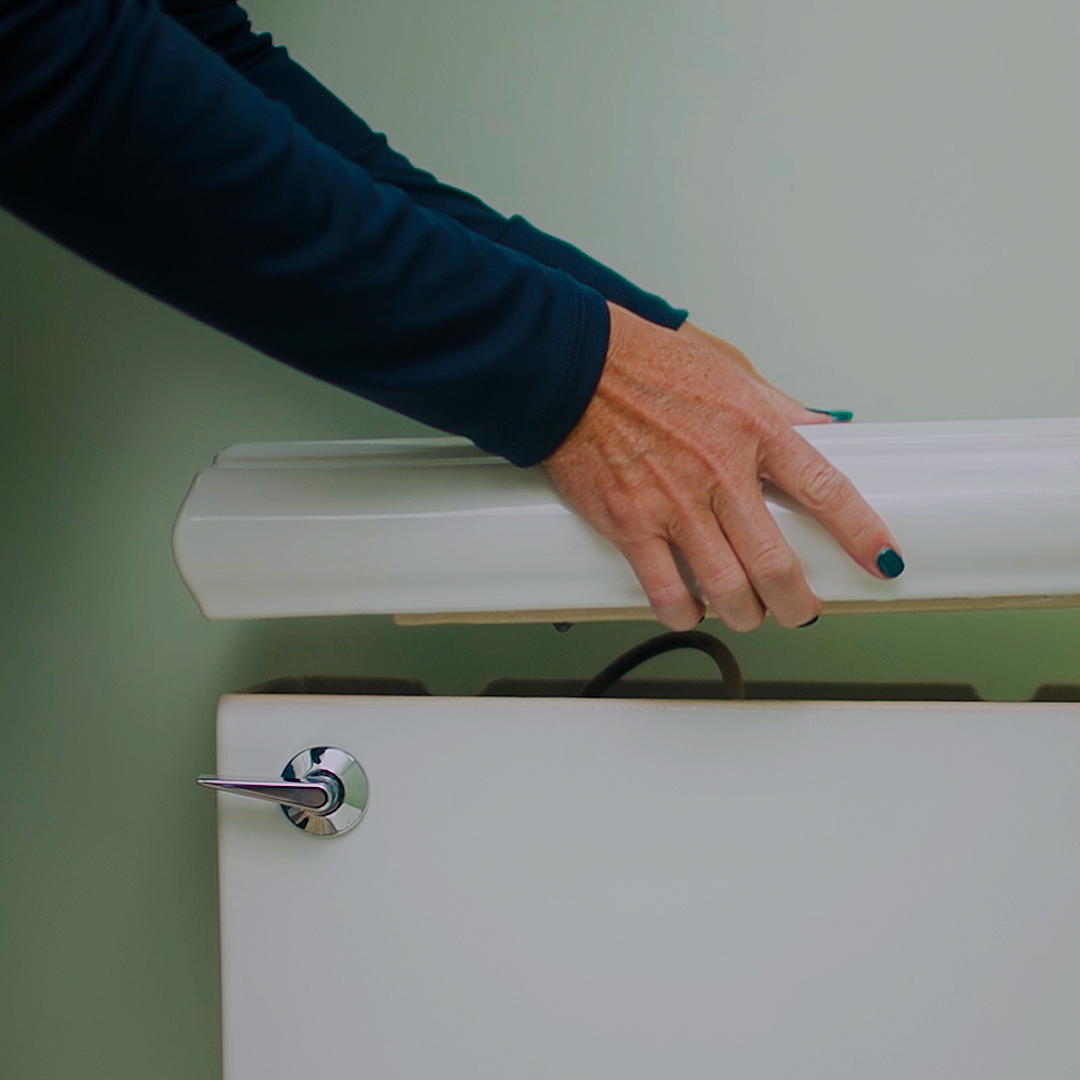 Did you know that toilet leaks are the cause of most high water bills? A small toilet leak can waste 200 gallons each day! That’s 6,000 gallons in a month! | 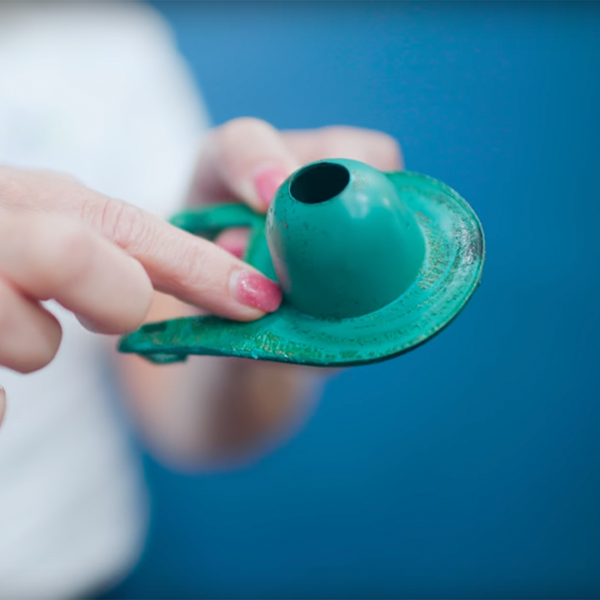 According to the EPA, most toilet leaks are caused by an old, worn-out flapper. A flapper leak can add hundreds, if not thousands, of dollars to your bill. |
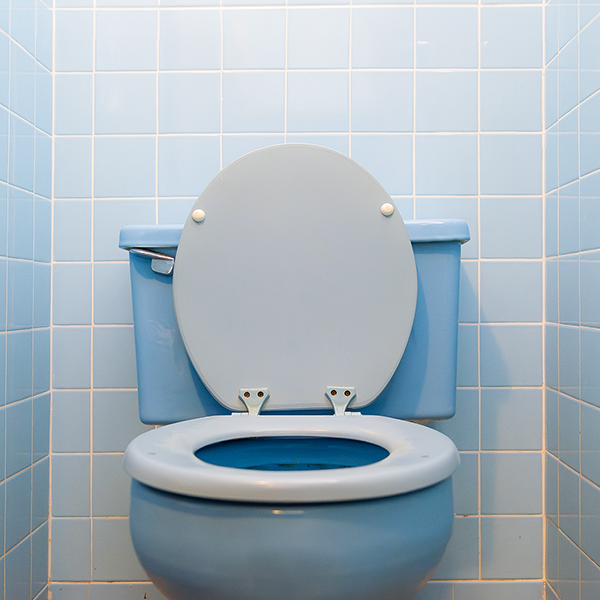 Consider replacing old inefficient toilets. Older models use as much as 7 gallons per flush, while WaterSense models use 1.2 gallons or less. | 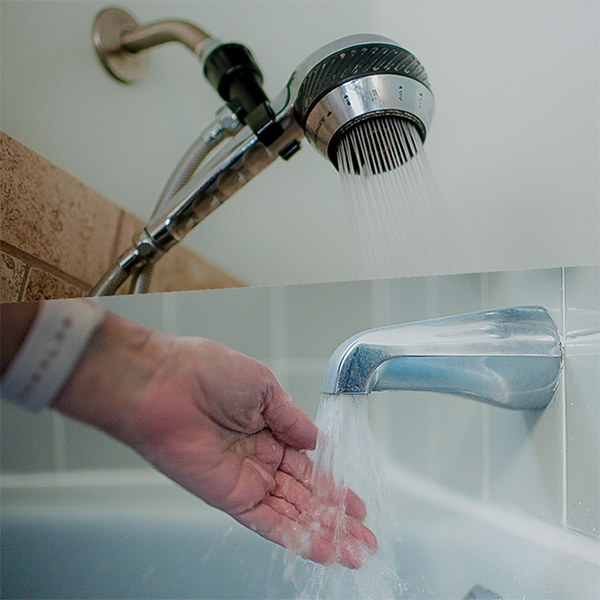 A five minute shower uses 10–20 gallons of water, versus up to 70 gallons for a bath. |  A dishwasher uses significantly less water than hand washing—3 to 6 gallons versus 20+ gallons! Only run full loads. | 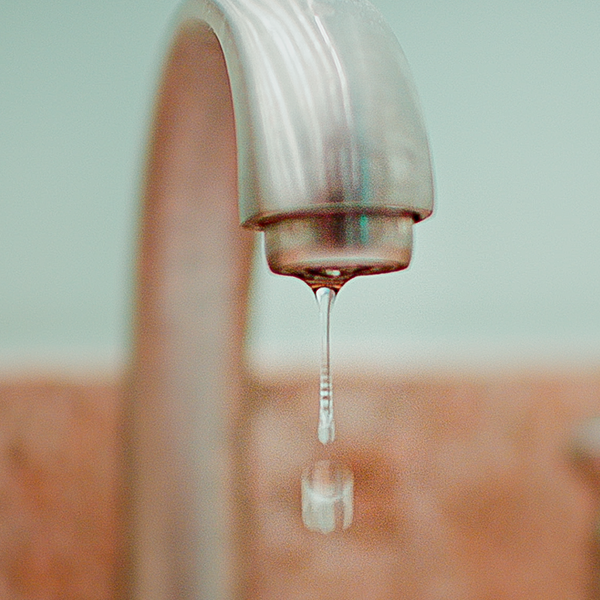 Watch out for leaky faucets! One drip per second wastes more than 3,000 gallons per year. |
Save water, Save money / Ahorre agua, Ahorre dinero
Outdoor water activities – while fun and refreshing on a hot summer day - can significantly increase your bill. Before you hook up the hose, be mindful that filling up that kiddie pool, splashing in a sprinkler, or enjoying a backyard water slide will add to your overall water usage.
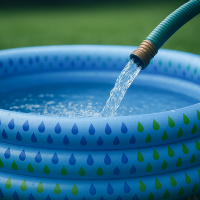 | 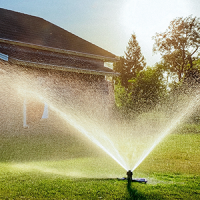 | 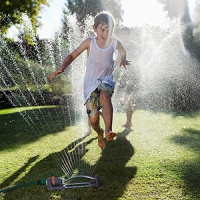 |  |
Kiddie Pool | Standard Sprinkler | Playing in the Sprinkler Running a standard sprinkler for 30 minutes twice a week uses about 1,300 gallons of water. That’s 15,600 gallons per quarter, which will add $373 on top of your normal quarterly bill. | Backyard Water Slide |
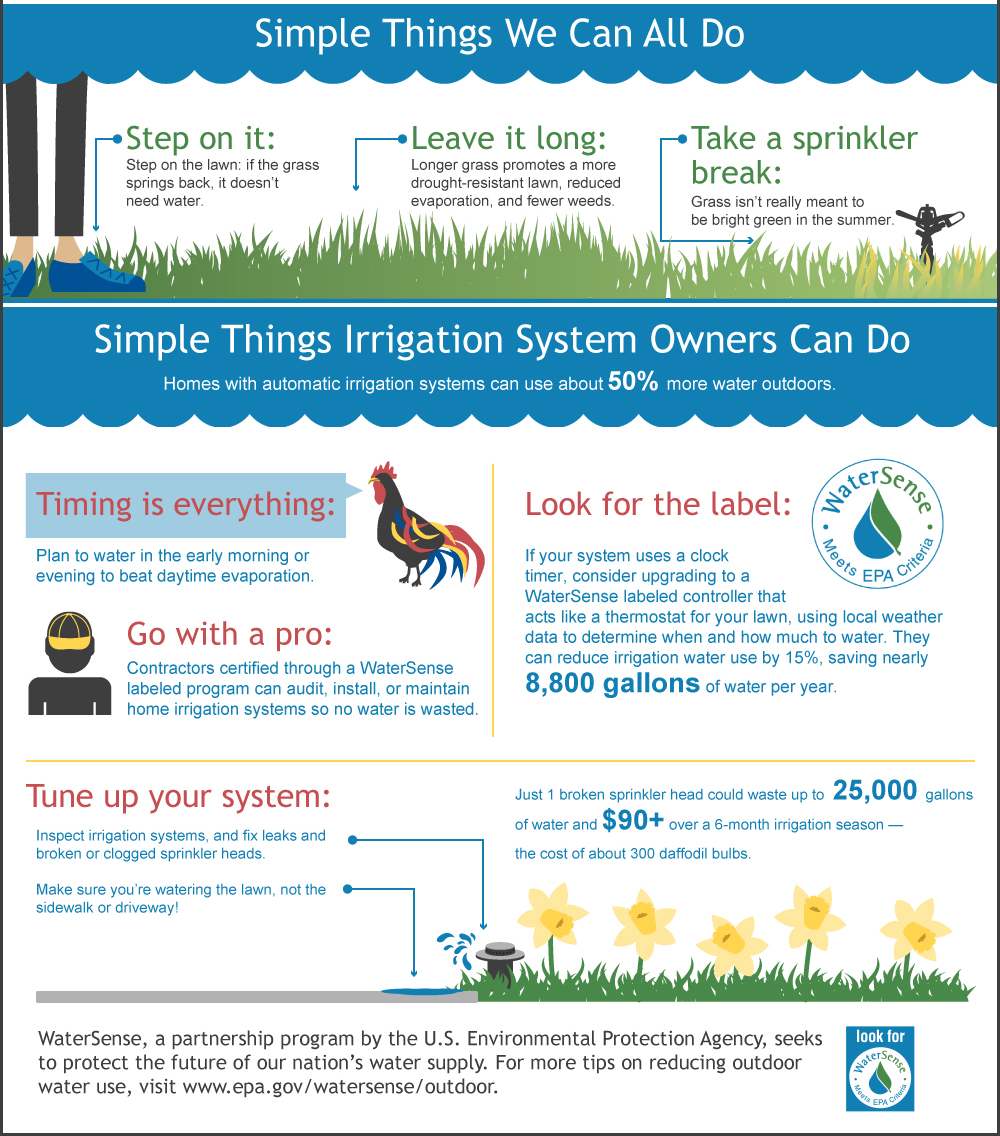
The wiser you are with your water, the more you can save.